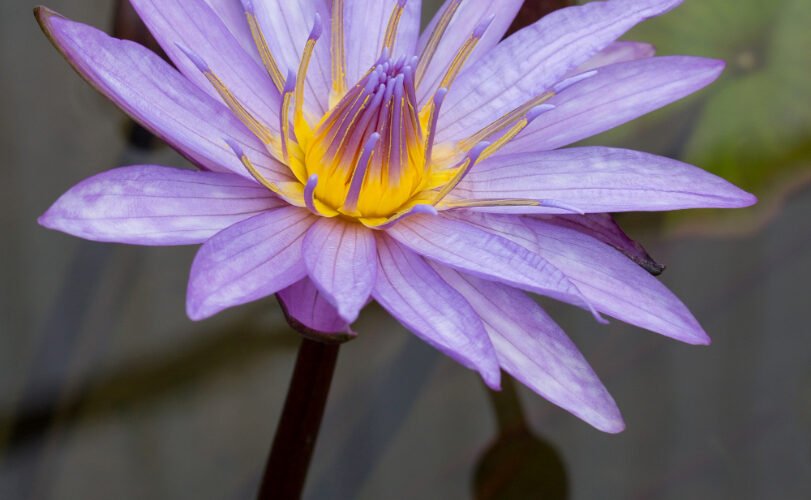The Blue Lotus Flower: A Symbol of Beauty and Spirituality

When it comes to captivating flowers, the blue lotus is undoubtedly a showstopper. With its vibrant blue petals and intoxicating fragrance, this exquisite flower has long been revered for its beauty, symbolism, and spiritual significance. In this article, we will explore the allure of the blue lotus flower, its historical and cultural significance, and its potential benefits for mind, body, and soul.
What is the Blue Lotus Flower?
The blue lotus, scientifically known as Nymphaea caerulea, is an aquatic plant native to the Nile River in Egypt. It is also commonly found in other parts of Africa and some regions of Asia. This stunning flower blooms during the daytime and closes up at night, creating a truly mesmerizing sight.
History and Symbolism
The blue lotus flower holds great historical and cultural significance, particularly in ancient Egyptian and Hindu civilizations. In ancient Egypt, the blue lotus was highly regarded as a symbol of rebirth and spiritual enlightenment. It was commonly depicted in hieroglyphics, art, and religious rituals.
Similarly, in Hinduism, the blue lotus represents purity, beauty, and divinity. It is often associated with deities such as Vishnu and Brahma. The flower’s ability to rise from muddy waters and bloom in all its glory is seen as a metaphor for overcoming obstacles and achieving enlightenment.
Spiritual and Medicinal Uses
The blue lotus flower has been used for centuries in various spiritual and medicinal practices. In ancient Egypt, it was believed to have psychoactive properties and was often used in religious ceremonies and as an aphrodisiac. It was also used in traditional medicine to alleviate pain and promote relaxation.
In contemporary times, the blue lotus is still valued for its potential therapeutic benefits. It is often used in aromatherapy and is believed to help reduce stress, anxiety, and insomnia. Some enthusiasts also claim that the flower can enhance mood, stimulate creativity, and improve overall well-being.
Cultivation and Conservation
Cultivating and preserving the blue lotus flower requires specific conditions. It thrives in warm climates and requires ample sunlight and nutrient-rich water. In recent years, efforts have been made to conserve this precious flower and prevent the depletion of its natural habitat. Sustainable farming practices and responsible harvesting methods are crucial to ensure the long-term survival of the blue lotus.
Conclusion
The blue lotus flower is undoubtedly a natural wonder that holds both aesthetic and spiritual appeal. Its rich history, symbolism, and potential therapeutic benefits make it a cherished plant among cultures around the world. Whether you appreciate its beauty, seek spiritual enlightenment, or explore its medicinal potential, the blue lotus never fails to captivate and inspire. So, the next time you encounter this magnificent flower, take a moment to pause and appreciate its timeless allure.









